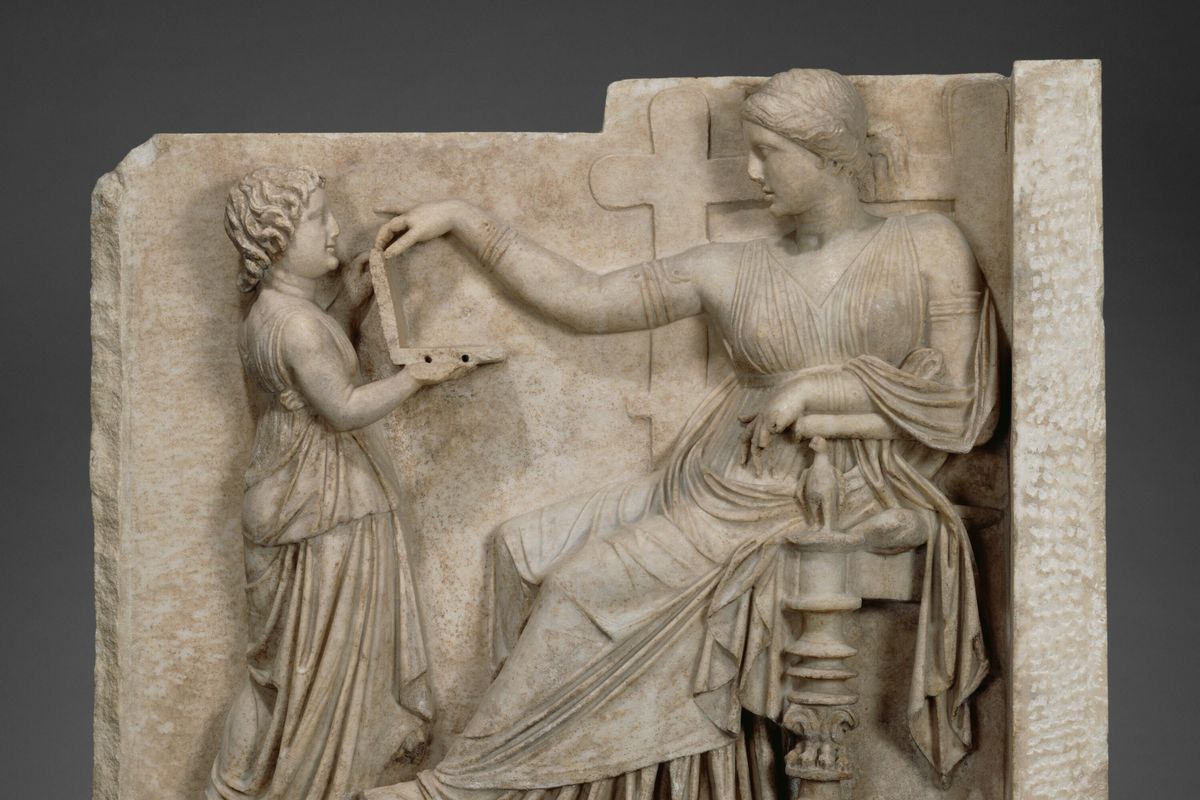Harry Fletcher
Sep 21, 2024
Mysterious 'yellow brick road to Atlantis' found on bottom of ocean
EVNautilus
A diver has described his experience of uncovering underwater ‘pyramids’ after spotting one of the most remarkable structures ever found on the ocean floor.
The findings have since been called the “real life Atlantis” after being observed off the coast of Yonaguni Island in Japan.
Local Kihachiro Aratake was out for a dive when he stumbled across the incredible structures.
The formation is made up of a number of different elements, including a set of what appear to be spiral steps, and measures an incredible 164ft long and 65ft wide.
The structures have divided the scientific community since it was first made back in 1987, with a team of scientists led by Masaaki Kimura from Ryukyu University leading research at the time.
But whether the formation is man-made or naturally occurring has divided experts, with the structure said to be thousands of years old.
- YouTubewww.youtube.com
"I think it's very difficult to explain away their origins as being purely natural,” Professor Kimura said.
Speaking about his discovery, diver Aratake told BBC Global: "I was very emotional when I found it. I realised that this would become a treasure of Yonaguni Island. I kept it a secret. I didn't tell anyone on my staff."
Diver Kenzo Watanabe spoke to the BBC about the structure – and he believes the mysterious formations were not shaped by the ocean, but by humans.
"What first triggered me to go to Yonaguni is that if it was appointed as an archaeological site, it was rumoured that we wouldn't be able to dive there anymore,” he said. “So I decided to go while I still could.
"I got together with a group of diving instructors that I'm close with and we all took vacation time to go. After seeing it, there's no way I think it's not man-made. Especially with all the flat surfaces. It was really overwhelming, with so many different surfaces and symmetrical shapes.
"I think it's definitely not natural. I really wondered how it was made. It made me think about the kind of tools people may have used back then.”
Sign up for our free Indy100 weekly newsletter
How to join the Indy100's free WhatsApp channel
Have your say in our news democracy. Click the upvote icon at the top of the page to help raise this article through the Indy100 rankings
Top 100
The Conversation (0)













